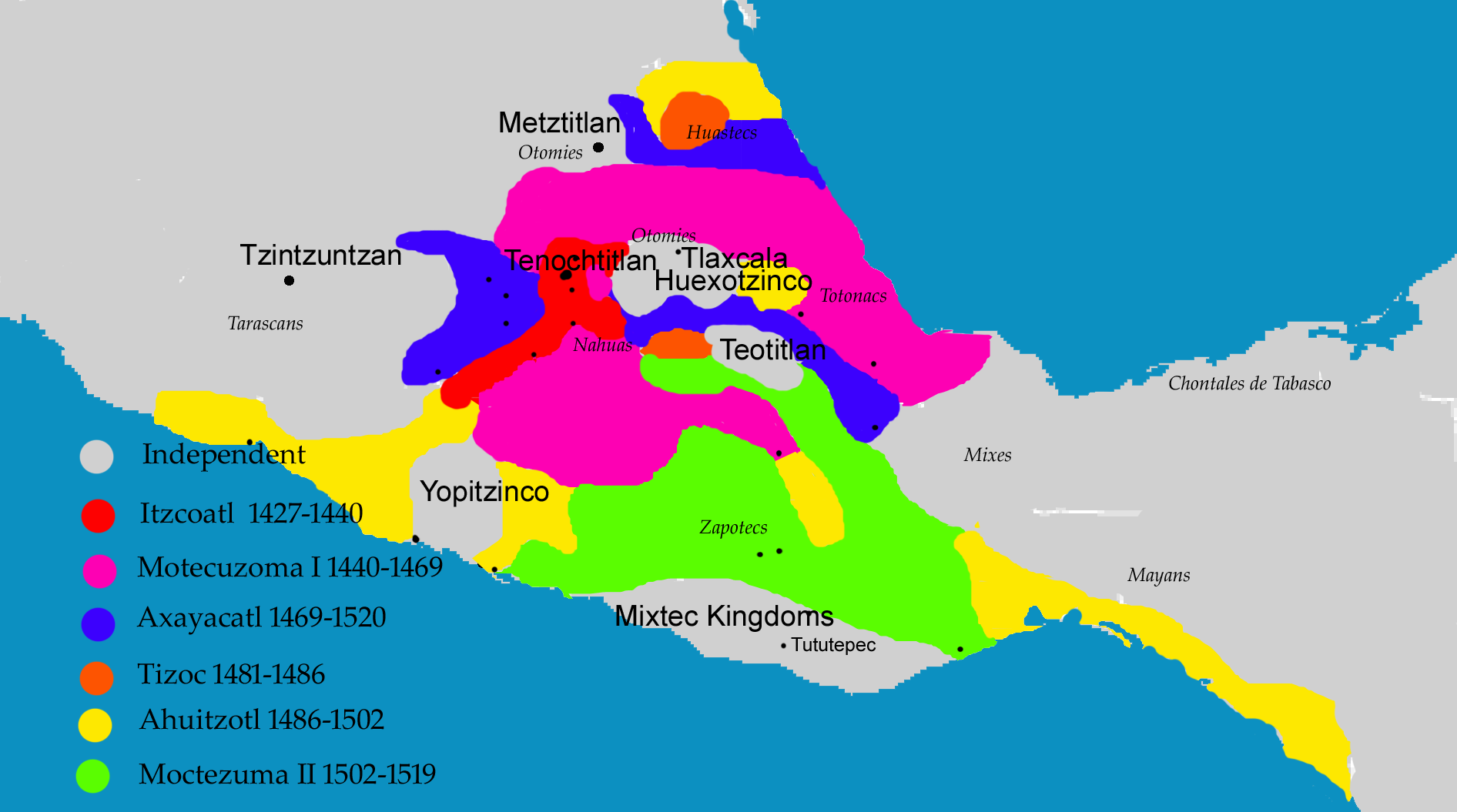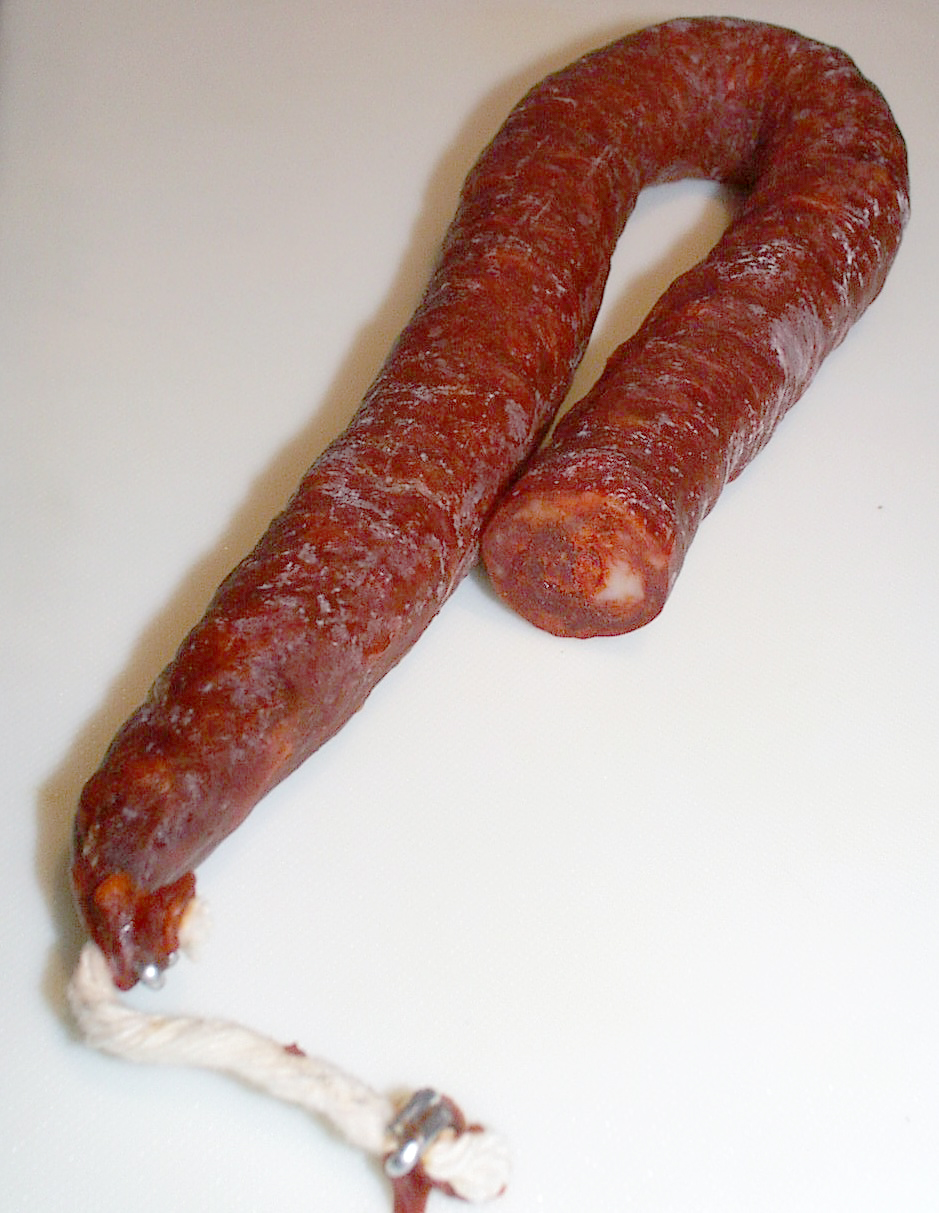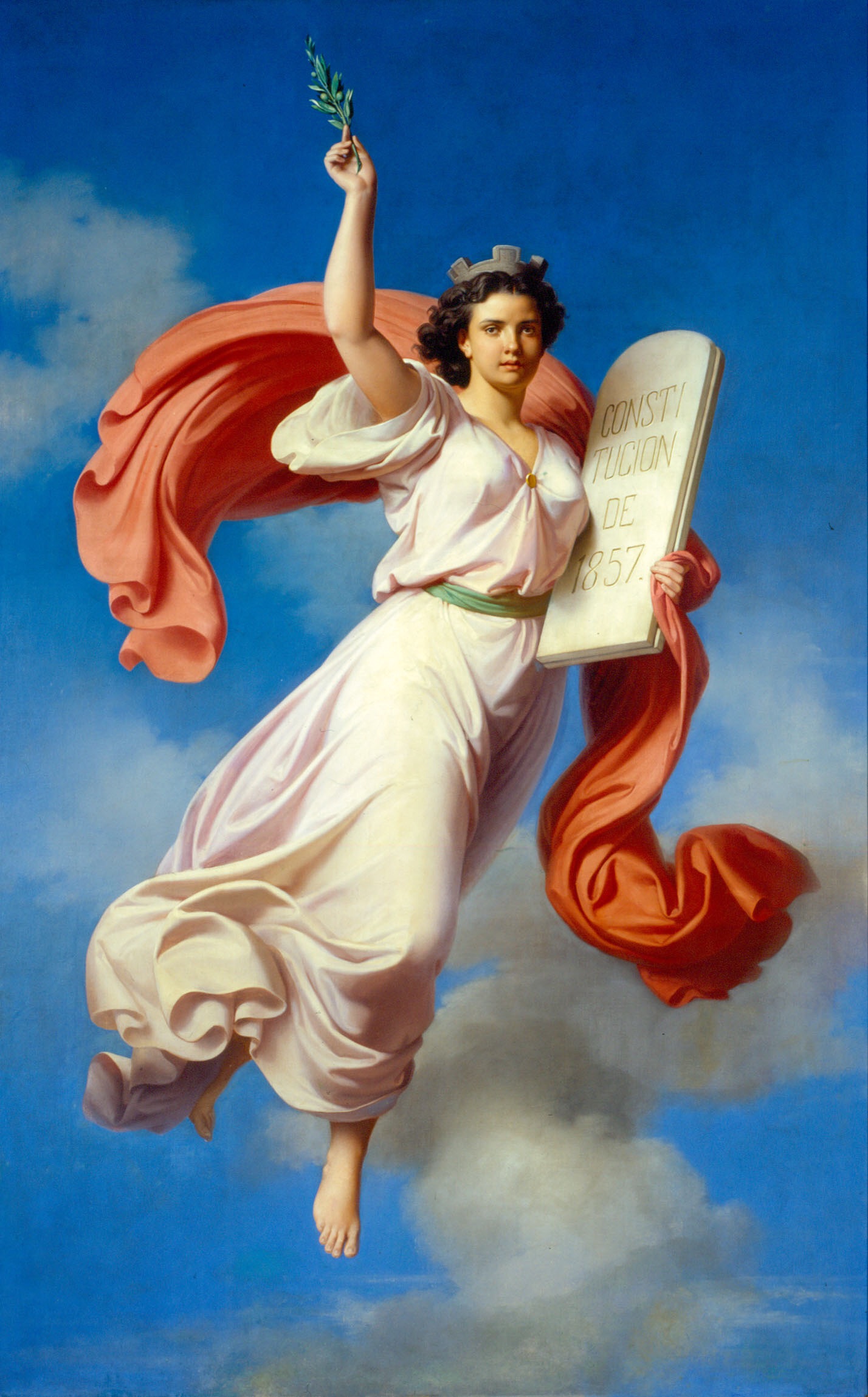|
Lerma, Mexico State
Lerma is a municipality located just east of Toluca and 54 km west of Mexico City in State of Mexico, Mexico. The municipal seat city of Lerma de Villada was founded in the early colonial period and named after the Duke of Lerma in Spain. The municipal area saw two battles of the Mexican War of Independence, the Battle of Monte de las Cruces and the Battle of Lerma. For a time after independence, the city was the capital of Mexico State before it was moved to Toluca. The municipality is in one of the most densely populated areas of Mexico and is growing. Much of this growth is occurring near the Toluca-Mexico City highway and on the floodplains of the Lerma River. The latter has caused significant problems with flooding when the river overflows its banks during the rainy season. The Nahuatl name for the area is Cacamilhuacan, which translates to “crows in the field.” In the early colonial period, the area was called Santa Clara Cacamilhuacan. The municipality has both ... [...More Info...] [...Related Items...] OR: [Wikipedia] [Google] [Baidu] |
States Of Mexico
The states of Mexico are first-level administrative territorial entities of the country of Mexico, which is officially named United Mexican States. There are 32 federal entities in Mexico (31 states and the capital, Mexico City, as a separate entity that is not formally a state). States are further divided into municipalities. Mexico City is divided in boroughs, officially designated as or , similar to other state's municipalities but with different administrative powers. List ''Mexico's post agency, Correos de México, does not offer an official list of state name abbreviations, and as such, they are not included below. A list of Mexican states and several versions of their abbreviations can be found here.'' } , style="text-align: center;" , ''Coahuila de Zaragoza'' , , style="text-align: center;" colspan=2 , Saltillo , style="text-align: right;" , , style="text-align: right;" , , style="text-align: center;" , 38 , style="text-align: center;" , , , - , Col ... [...More Info...] [...Related Items...] OR: [Wikipedia] [Google] [Baidu] |
Itzcoatl
Itzcoatl ( nci-IPA, Itzcōhuātl, it͡sˈkoːwaːt͡ɬ, "Obsidian Serpent", ) (1380–1440) was the fourth king of Tenochtitlan, and the founder of the Aztec Empire, ruling from 1427 to 1440. Under Itzcoatl the Mexica of Tenochtitlan threw off the domination of the Tepanecs and established the Triple Alliance (Aztec Empire) together with the other city-states Tetzcoco and Tlacopan. Biography Itzcoatl was the natural son of ''tlàtoāni'' Acamapichtli and an unknown Tepanec woman from Azcapotzalco. He was elected as the king when his predecessor, his nephew Chimalpopoca, was killed by Maxtla of the nearby Tepanec ''āltepētl'' (city-state) of Azcapotzalco. Allying with Nezahualcoyotl of Texcoco, Itzcoatl went on to defeat Maxtla and end the Tepanec domination of central Mexico. After this victory, Itzcoatl, Nezahualcoyotl, and Totoquilhuaztli, king of Tlacopan, forged what would become known as the Aztec Triple Alliance, forming the basis of the eventual Aztec Empire. Itzc ... [...More Info...] [...Related Items...] OR: [Wikipedia] [Google] [Baidu] |
Barbacoa
Barbacoa () is a form of cooking meat that originated in the Caribbean with the Taíno people, who called it by the Arawak word ''barbaca'', from which the term "barbacoa" derives, and ultimately, the word 'barbecue". In contemporary Mexico, it generally refers to meats or whole sheep or whole goats slow-cooked over an open fire or, more traditionally, in a hole dug in the ground covered with agave (''maguey'') leaves, although the interpretation is loose, and in the present day (and in some cases) may refer to meat steamed until tender. This meat is known for its high fat content and strong flavor, often accompanied with onions and cilantro (coriander leaf). Adaptations In the U.S., ''barbacoa'' is often prepared with parts from the heads of cattle, such as the cheeks. In northern Mexico, it is also sometimes made from beef head, but more often it is prepared from goat meat (''cabrito''). In central Mexico, the meat of choice is lamb, and in the Yucatan, their traditional ve ... [...More Info...] [...Related Items...] OR: [Wikipedia] [Google] [Baidu] |
Chorizo
Chorizo (, from Spanish ; similar to but distinct from Portuguese ) is a type of pork cured meat originating from the Iberian Peninsula. In Europe, chorizo is a fermented, cured, smoked meat, which may be sliced and eaten without cooking, or added as an ingredient to add flavor to other dishes. Elsewhere, some sausages sold as chorizo may not be fermented and cured, and require cooking before eating. Spanish and Portuguese are distinctly different products, despite both getting their smokiness and deep red color from dried, smoked, red peppers (/). Iberian chorizo is eaten sliced in a sandwich, grilled, fried, or simmered in liquid, including apple cider or other strong alcoholic beverages such as . It is also used as a partial replacement for ground (minced) beef or pork. Names The word ''chorizo'' probably comes from the Late Latin 'salted', via the Portuguese ; it is a doublet of the Spanish word 'sausage', which was transmitted through Italian . In English, ''cho ... [...More Info...] [...Related Items...] OR: [Wikipedia] [Google] [Baidu] |
Tianguis
A is an open-air market or bazaar that is traditionally held on certain market days in a town or city neighborhood in Mexico and Central America. This bazaar tradition has its roots well into the pre-Hispanic period and continues in many cases essentially unchanged into the present day. The word comes from in Classical Nahuatl, the language of the Aztec Empire. In rural areas, many traditional types of merchandise are still sold, such as agriculture supplies and products as well as modern, mass-produced goods. In the cities, mass-produced goods are mostly sold, but the organization of events is mostly the same. There are also specialty events for holidays such as Christmas as well as for particular types of items such as cars or art. History The tradition of buying and selling in temporary markets set up either on a regular basis (weekly, monthly, etc.) is a strong feature in much of Mexican culture and has a history that extends far back into the pre-Hispanic period. It ... [...More Info...] [...Related Items...] OR: [Wikipedia] [Google] [Baidu] |
Toluca–Mexico City Commuter Rail
The Toluca–Mexico City commuter rail (Spanish: ''Tren Interurbano de Pasajeros Toluca-Valle de México'') project is a commuter rail line currently under construction. Also known as Interurban Train Mexico City–Toluca, the passenger railway line will connect the cities of Toluca and Mexico City. The project was announced by President Enrique Peña Nieto on 1 December 2012. Construction began in July 2014. As of October 2020, it was estimated to open in 2023. Background As a part of Enrique Peña Nieto's Presidency to offer public transport from Toluca to Mexico City, a cost–benefit analysis report was drafted and published in November 2013. The report proposed several routes. The three routes were concentrated to the metro terminals of Cuatro Caminos, Tacubaya, and Observatorio. Ultimately, the third route along Avenida Las Torres to Observatorio was chosen in order to avert future sprawl, avoid deforestation in the Sierra de las Cruces, and prevent pollution of a ... [...More Info...] [...Related Items...] OR: [Wikipedia] [Google] [Baidu] |
Aqueduct (water Supply)
An aqueduct is a watercourse constructed to carry water from a source to a distribution point far away. In modern engineering, the term ''aqueduct'' is used for any system of pipes, ditches, canals, tunnels, and other structures used for this purpose. The term ''aqueduct'' also often refers specifically to a bridge carrying an artificial watercourse. Aqueducts were used in ancient Greece, ancient Egypt, and ancient Rome. The simplest aqueducts are small ditches cut into the earth. Much larger channels may be used in modern aqueducts. Aqueducts sometimes run for some or all of their path through tunnels constructed underground. Modern aqueducts may also use pipelines. Historically, agricultural societies have constructed aqueducts to irrigate crops and supply large cities with drinking water. Etymology The word ''aqueduct'' is derived from the Latin words (''water'') and (''led'' or ''guided''). Ancient aqueducts Although particularly associated with the Romans, aqueducts we ... [...More Info...] [...Related Items...] OR: [Wikipedia] [Google] [Baidu] |
La Marquesa National Park
La Marquesa National Park, with the official name Parque Nacional Insurgente Miguel Hidalgo y Costilla, is a National park in the State of Mexico, in central Mexico. It commemorates the battlefield site of the 1810 Battle of Monte de las Cruces, one of the pivotal battles of the early Mexican War of Independence in New Spain. Geography The park is situated west of Mexico City and east of Toluca, the capital of the State of Mexico. It is also west of the Desierto de los Leones National Park. Most of the park's forests are on the north side of the highway. It is within the municipalities of Ocoyoacac, Huixquilucan, and Lerma de Villada in the State of Mexico, and also in the adjacent Cuajimalpa borough of the Mexico, D.F. (Mexico City). Features The park has a ''Centro de Información Turistica'' visitor center, which is a trailhead for walking paths and forest trails. Horses are available for rent here. The Valley of Silence (''Valle del Silencio'') is another area in the pa ... [...More Info...] [...Related Items...] OR: [Wikipedia] [Google] [Baidu] |
Mexican Revolution
The Mexican Revolution ( es, Revolución Mexicana) was an extended sequence of armed regional conflicts in Mexico from approximately 1910 to 1920. It has been called "the defining event of modern Mexican history". It resulted in the destruction of the Federal Army and its replacement by a revolutionary army, and the transformation of Mexican culture and Federal government of Mexico, government. The northern Constitutionalists in the Mexican Revolution, Constitutionalist faction prevailed on the battlefield and drafted the present-day Constitution of Mexico, which aimed to create a strong central government. Revolutionary generals held power from 1920 to 1940. The revolutionary conflict was primarily a civil war, but foreign powers, having important economic and strategic interests in Mexico, figured in the outcome of Mexico's power struggles. The United States involvement in the Mexican Revolution, United States played an especially significant role. Although the decades-long r ... [...More Info...] [...Related Items...] OR: [Wikipedia] [Google] [Baidu] |
San Mateo Atenco
San Mateo Atenco is one of 125 municipalities in the State of México in Mexico. The municipal seat is the town of San Mateo Atenco. It lies west of the Federal District (Distrito Federal) near the municipality of Metepec, in the central part of the state of México, and is part of the Toluca urban area bordering the city to the east. The name Atenco is derived from the Nahuatl language. It means “In the water’s edge”, from ''atl''(water), ''tentli'' (edge) and ''co'' (in). The city Enormous mammoth fossils have been found near the Lerma River, where San Mateo Atenco is today. The first settlers used mammoth fossils as tools for hunting. This area has been the scene of the development of cultural groups that transited through the Toluca Valley for 20 thousand years. During the pre-Classic period (2000 B.C.), agricultural development created small settlements. During the Classic period (250-900 A.C.), the settlements had cultural relations with Teotihuacán. Atenco was fou ... [...More Info...] [...Related Items...] OR: [Wikipedia] [Google] [Baidu] |
Reform War
The Reform War, or War of Reform ( es, Guerra de Reforma), also known as the Three Years' War ( es, Guerra de los Tres Años), was a civil war in Mexico lasting from January 11, 1858 to January 11, 1861, fought between liberals and conservatives, over the promulgation of Constitution of 1857, which had been drafted and published under the presidency of Ignacio Comonfort. The constitution had codified a liberal program intended to limit the political, economic, and cultural power of the Catholic Church; separate church and state; reduce the power of the Mexican Army by elimination of the ''fuero''; strengthen the secular state through public education; and economically develop the nation. The constitution had been promulgated on February 5, 1857 with the intention of coming into power on September 16, only to be confronted with extreme opposition from Conservatives and the Catholic Church over its anti-clerical provisions, most notably the Lerdo law, which forced the sale of mo ... [...More Info...] [...Related Items...] OR: [Wikipedia] [Google] [Baidu] |
Miguel Hidalgo Y Costilla
Don (honorific), Don Miguel Gregorio Antonio Ignacio Hidalgo y Costilla y Gallaga Mandarte Villaseñor (8 May 1753 – 30 July 1811), more commonly known as Miguel Hidalgo y Costilla or Miguel Hidalgo (), was a Catholic priest, leader of the Mexican War of Independence and recognized as the Father of the Nation. A professor at the Universidad Michoacana de San Nicolás de Hidalgo, Colegio de San Nicolás Obispo in Morelia, Valladolid, Hidalgo was influenced by Age of Enlightenment, Enlightenment ideas, which contributed to his ouster in 1792. He served in a church in Colima and then in Dolores Hidalgo, Dolores. After his arrival, he was shocked by the rich soil he had found. He tried to help the poor by showing them how to grow olives and grapes, but in New Spain (modern Mexico) growing these crops was discouraged or prohibited by colonial authorities to prevent competition with imports from Spain. On 16 September 1810 he gave the Cry of Dolores, a speech calling upon t ... [...More Info...] [...Related Items...] OR: [Wikipedia] [Google] [Baidu] |





